Indication of Interest Letter Template for Business Opportunities
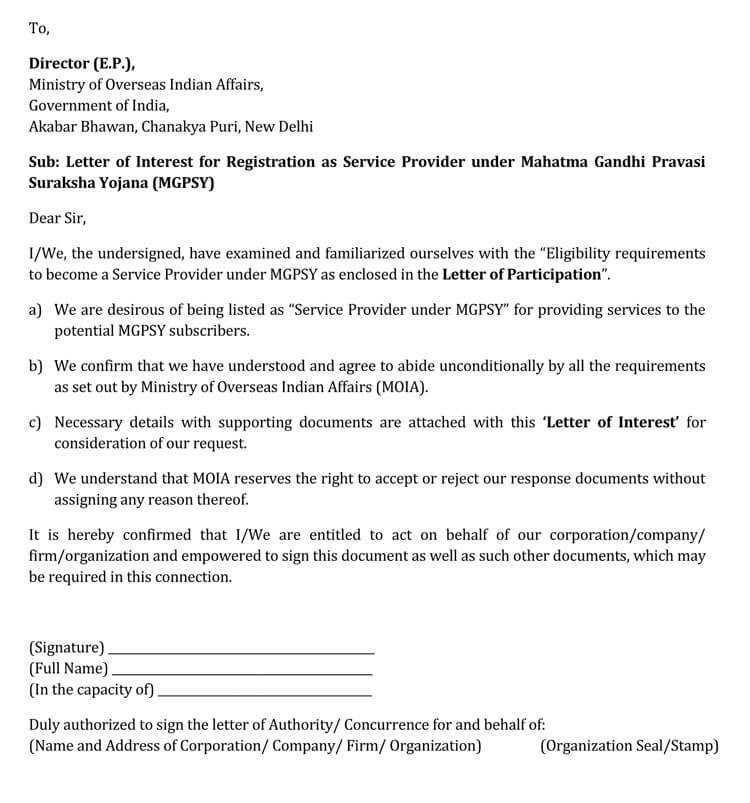
When approaching a business proposal, it’s important to communicate your desire to engage clearly and professionally. This kind of communication sets the tone for potential collaboration and allows the other party to understand your intent. A well-structured message can serve as a great starting point for further negotiations or discussions.
Key Elements to Include
For an effective communication, certain essential components should be addressed. These include a clear expression of intent, details about the nature of the business you’re considering, and the benefits you foresee from this connection. It’s crucial that your message is both concise and professional.
Opening Statement
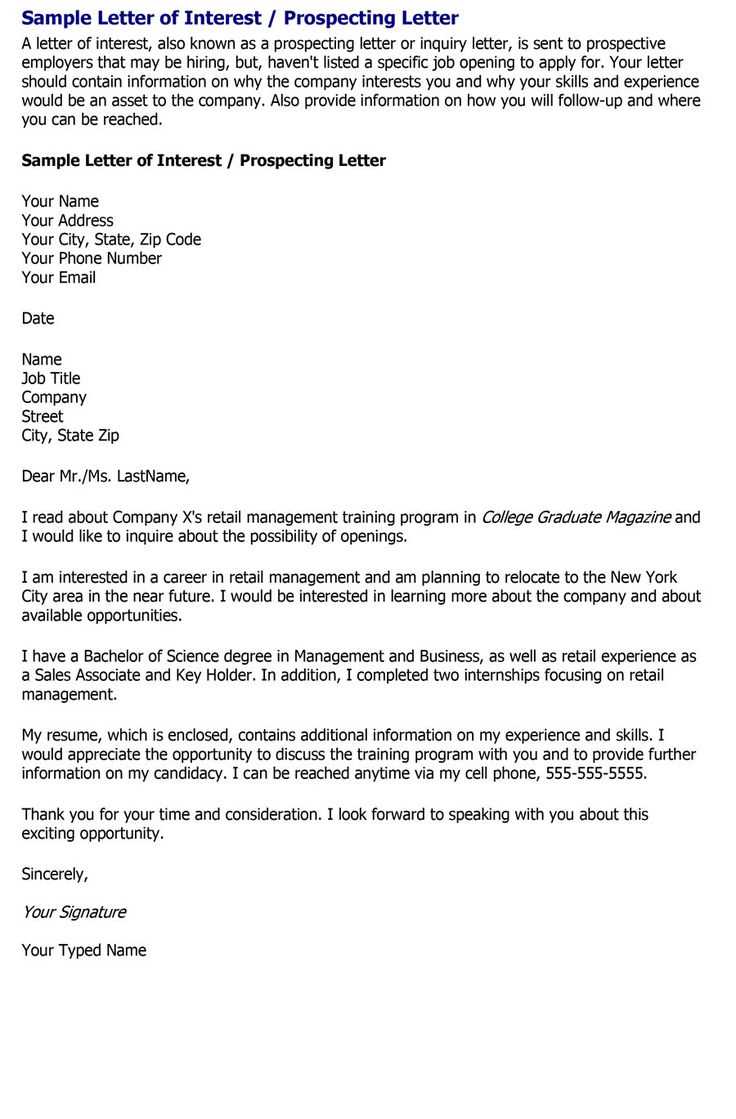
Start with a polite yet direct introduction. Make sure to express why you are reaching out and what you hope to achieve. This helps set the stage for the recipient to understand your main points.
Details of the Proposal
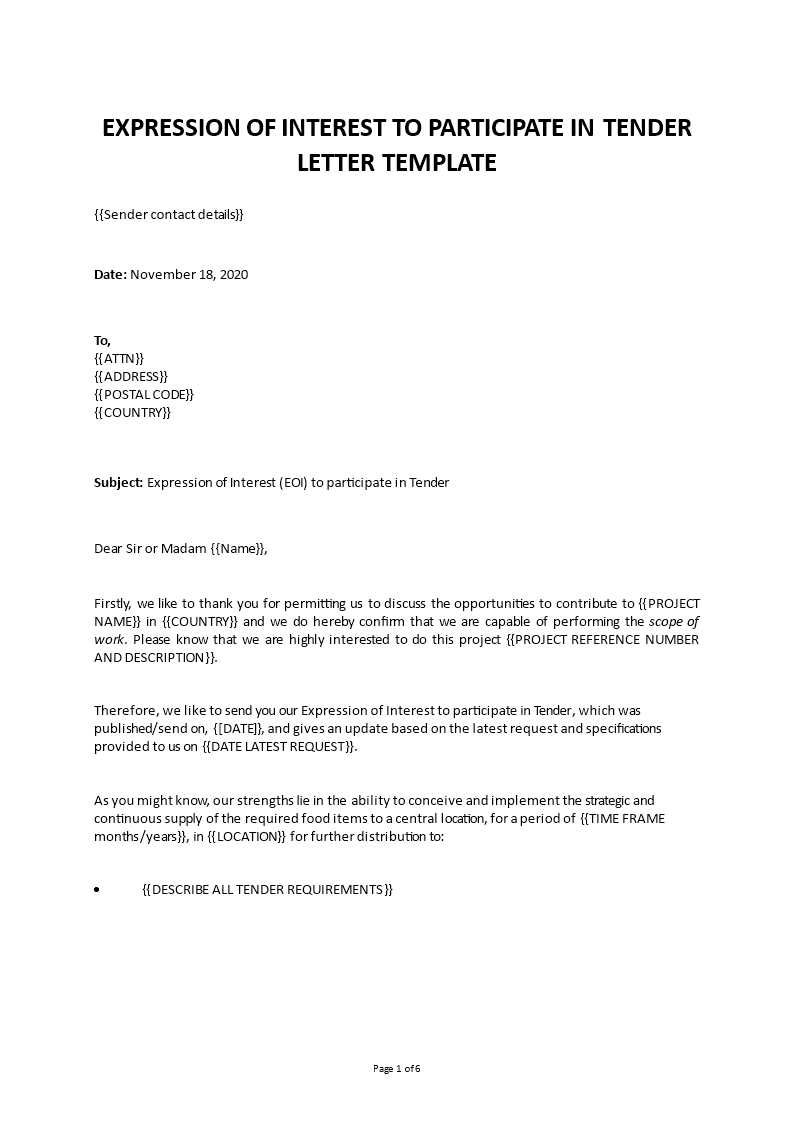
Provide a brief overview of the opportunity you are referring to. Highlight any relevant aspects that make this potential partnership worth considering, while ensuring it aligns with the recipient’s interests or goals.
Common Mistakes to Avoid
When drafting such a message, there are some common pitfalls to watch out for. The tone should remain professional, but not overly formal or distant. Additionally, avoid vague language that leaves the recipient uncertain about your true intentions.
- Being too vague: Specifics are important in expressing clear interest.
- Excessive length: Keep the message concise and to the point.
- Unclear objective: State the purpose and next steps for clarity.
Tailoring the Message
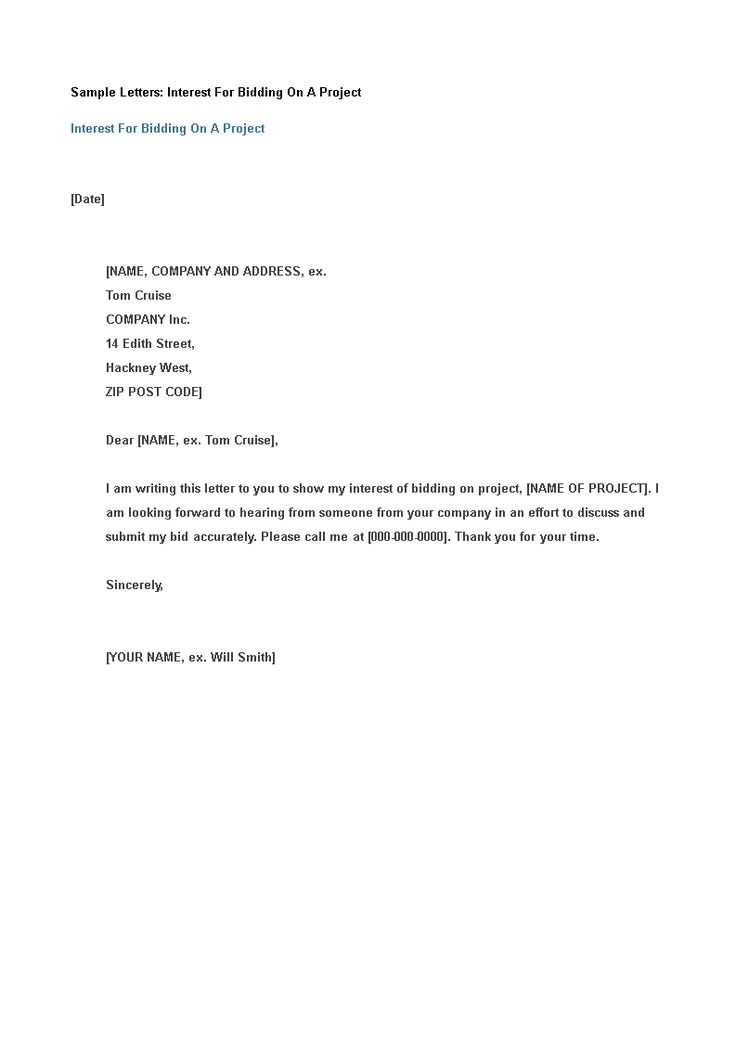
Customize your message to the recipient. Research their interests and adapt the content to highlight aspects of the proposal that align with their goals or values.
Examples of Effective Communications
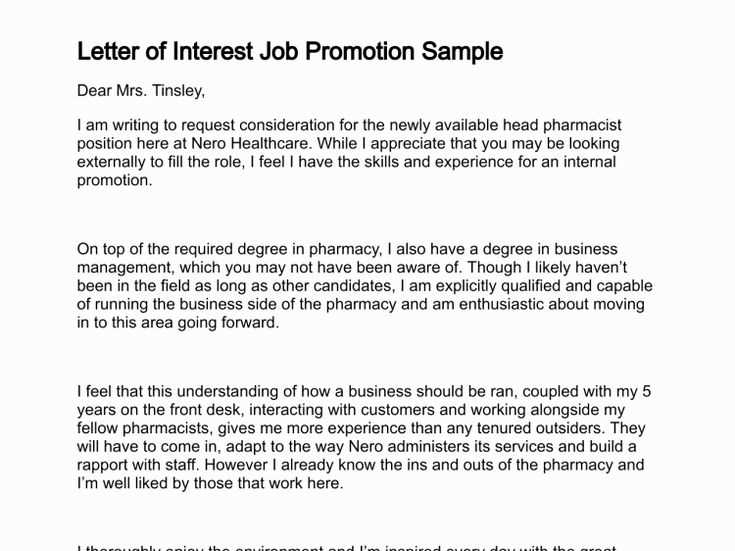
Here are a few examples of strong, clear approaches:
- We are reaching out to explore a potential partnership that could be mutually beneficial. We believe our services complement your recent initiatives and would like to discuss further.
- We are interested in exploring ways to collaborate on upcoming projects. Your expertise aligns well with our goals, and we see great potential in working together.
What Is a Business Proposal Communication?
Purpose and Significance of Intent Documents
Key Components to Include in a Proposal
How to Organize a Business Inquiry
Common Mistakes to Avoid When Drafting a Proposal
How to Customize Your Business Request
Examples of Effective Business Proposals
When looking to initiate a potential business collaboration or partnership, it’s essential to clearly convey your intention. This type of communication allows both parties to understand your interest in moving forward, whether for a deal, partnership, or project. A well-crafted message can open doors to further negotiations and mutual opportunities.
Purpose and Significance of Intent Documents
A formal inquiry serves as the first step in building a business relationship. It shows the recipient that you are serious about discussing opportunities and exploring the potential for collaboration. It is an important document that often precedes more detailed negotiations or agreements.
Key Components to Include in a Proposal
For a proposal to be effective, it should include several key elements: a clear statement of purpose, specific details about the opportunity or collaboration, and the benefits that would come from such an engagement. Each section should be written concisely and professionally.
How to Organize a Business Inquiry
Begin with a polite introduction, stating the reason for your communication. Follow this with an outline of the opportunity or proposal and the potential benefits. Make sure to include next steps, such as a call for a meeting or follow-up, to encourage the recipient to engage further.
Common Mistakes to Avoid When Drafting a Proposal
While crafting such a document, it’s crucial to avoid certain pitfalls. A common mistake is being too vague or not providing enough specific details, leaving the recipient uncertain about your intentions. Similarly, overly formal or stiff language can make your message sound impersonal and less engaging.
- Being too vague: Make sure your message is clear and direct.
- Using overly complex language: Simplicity and clarity are key.
- Failing to specify next steps: Indicate how you would like to proceed after sending the message.
How to Customize Your Business Request
Make your message stand out by tailoring it to the recipient. Take time to research their needs or interests and highlight how your proposal aligns with them. A personalized touch increases the chances of getting a positive response.
Examples of Effective Business Proposals
Here are a couple of examples of successful ways to initiate a conversation:
- We are reaching out to explore the potential for collaboration between our companies, as we believe our strengths complement your current business goals.
- We are keen to discuss how we could work together on a new project, as we see great alignment in our services and market objectives.